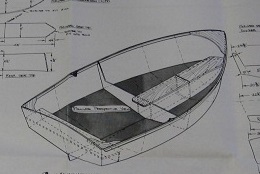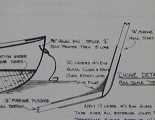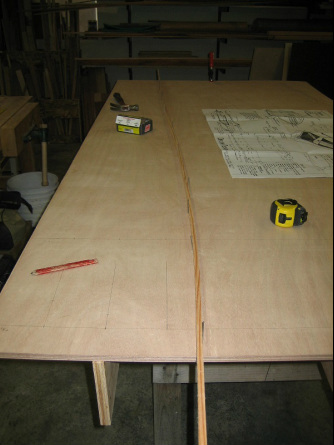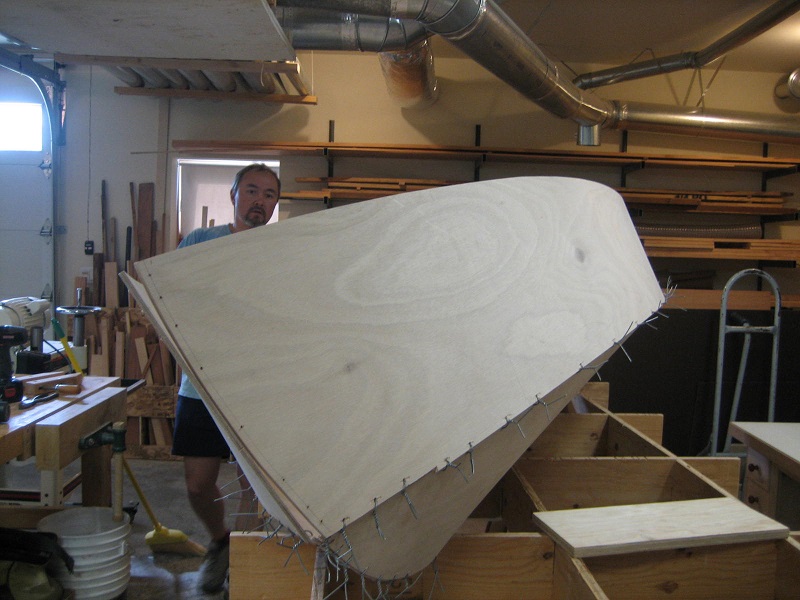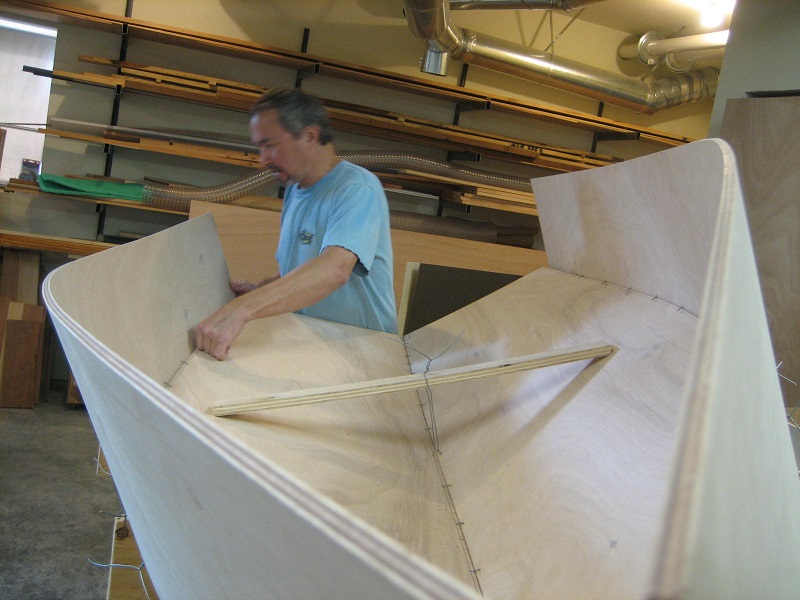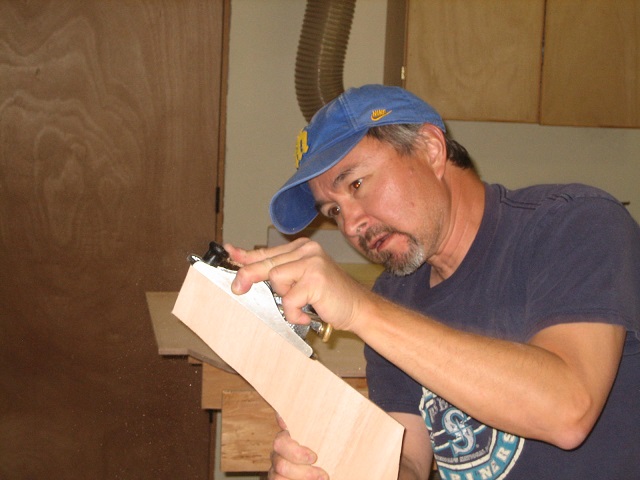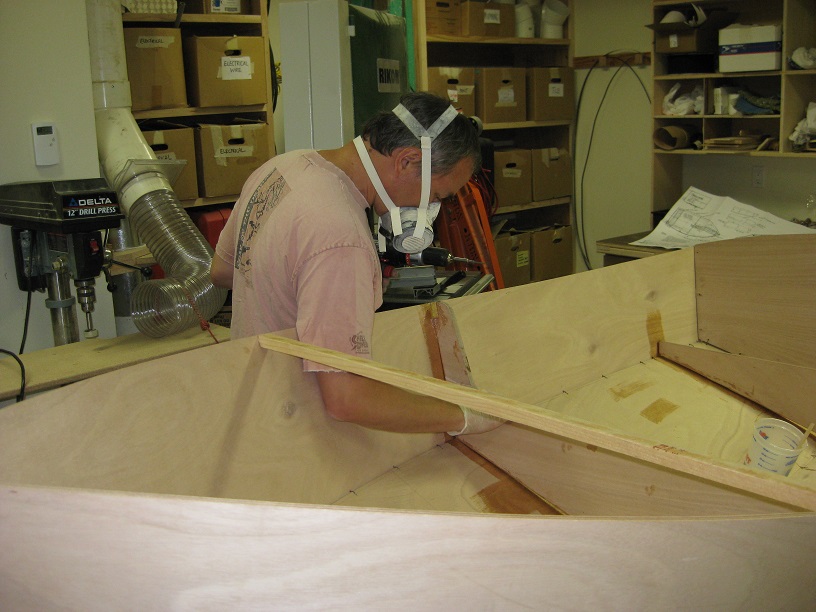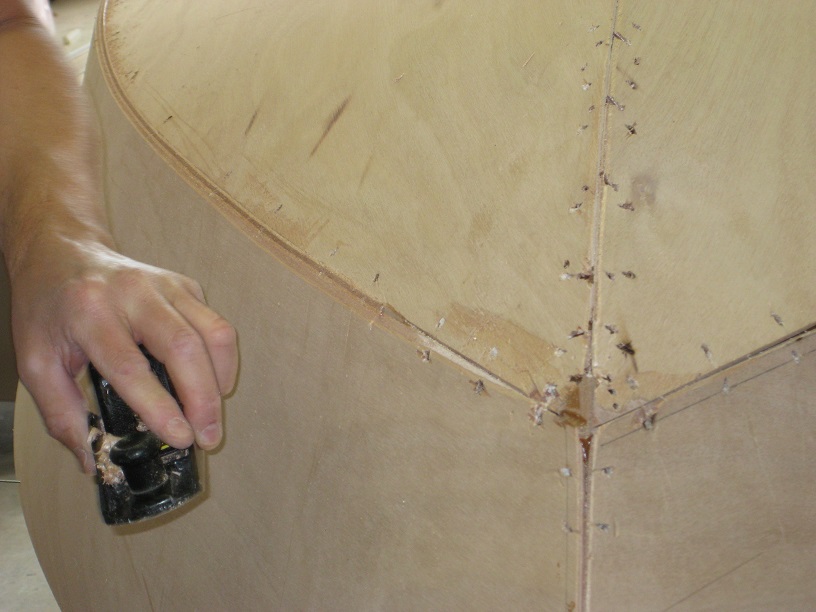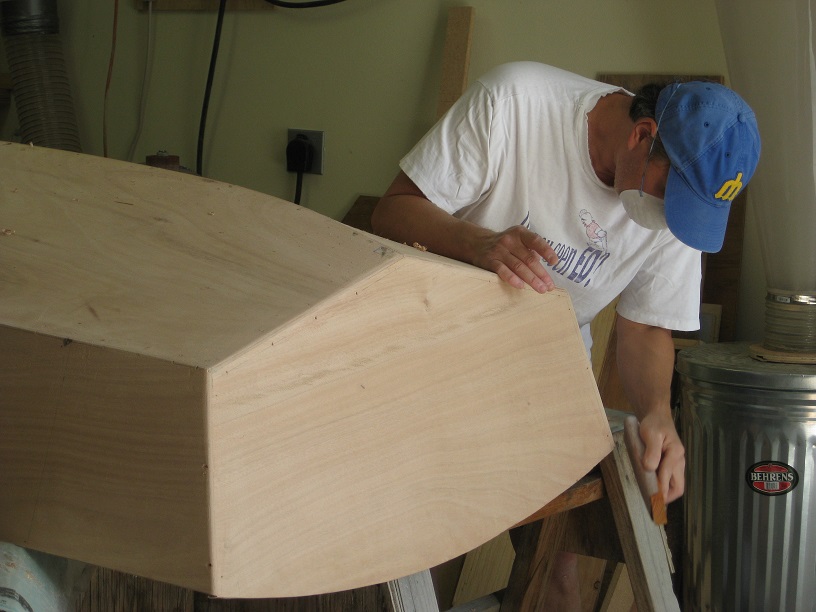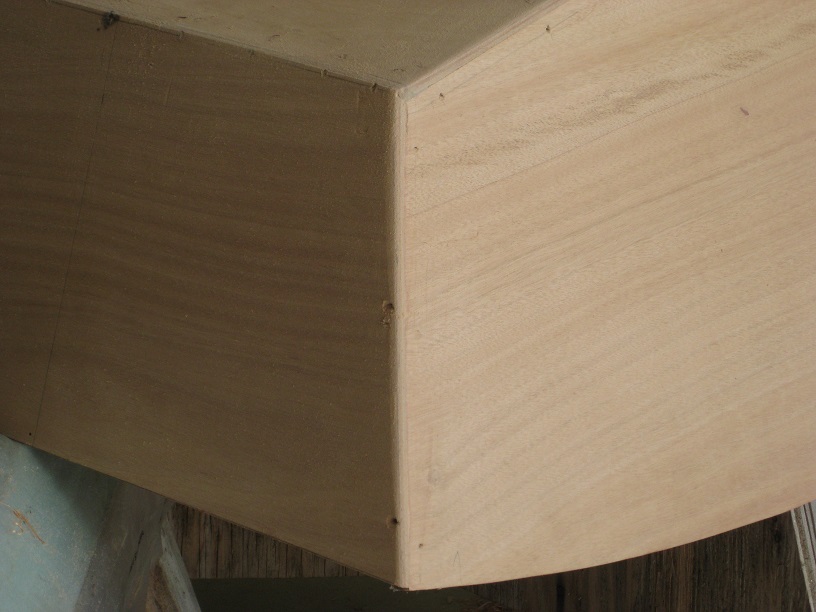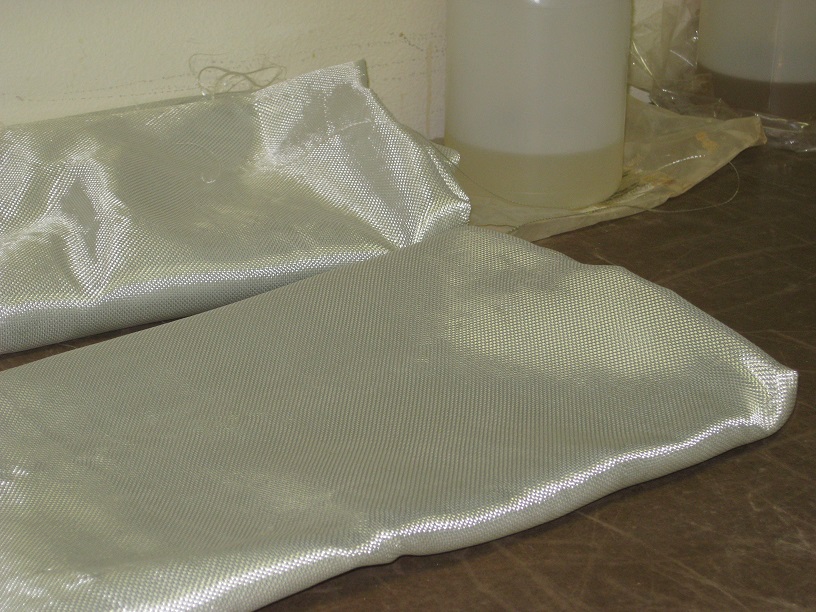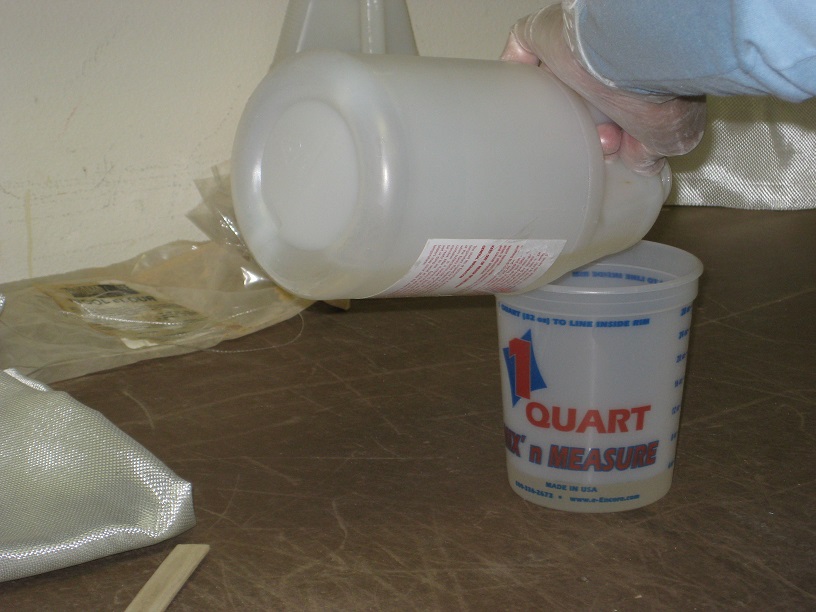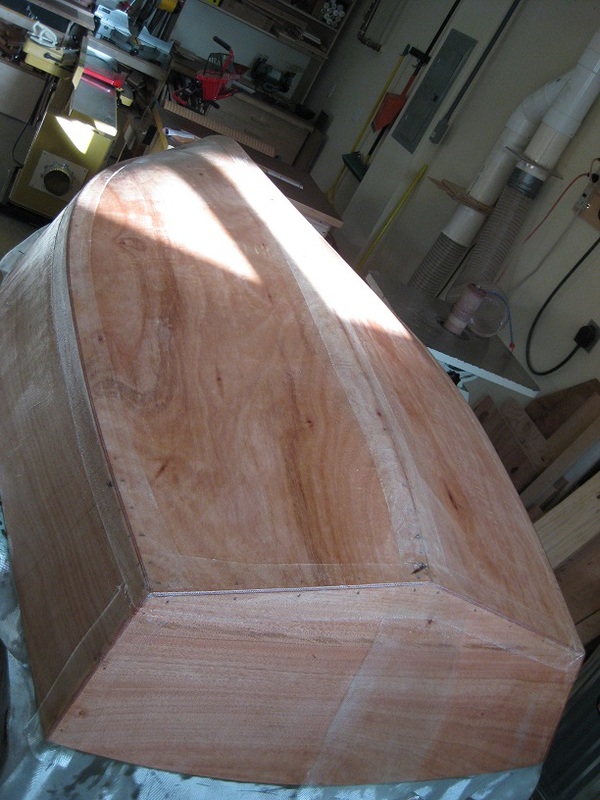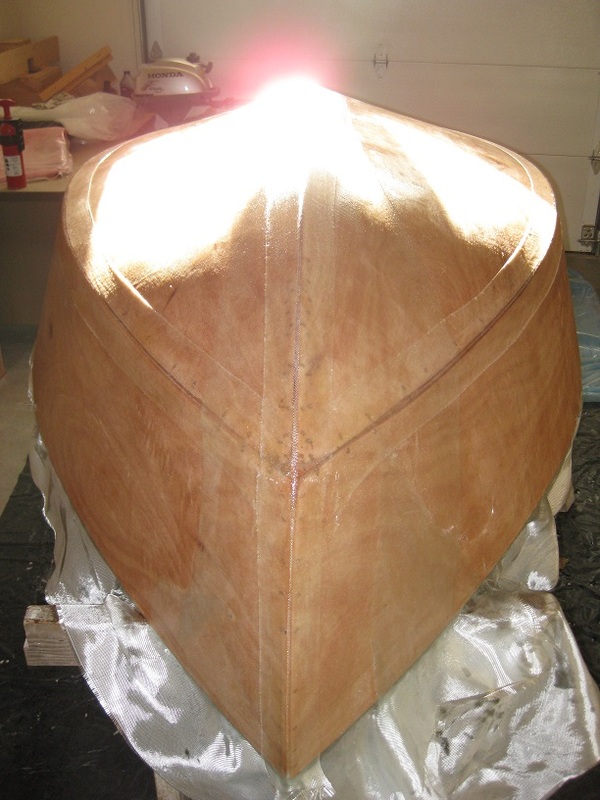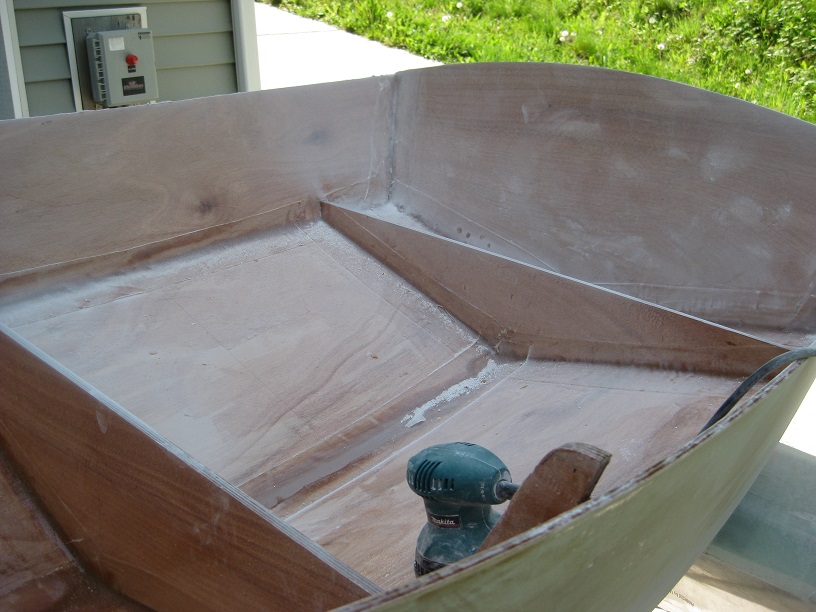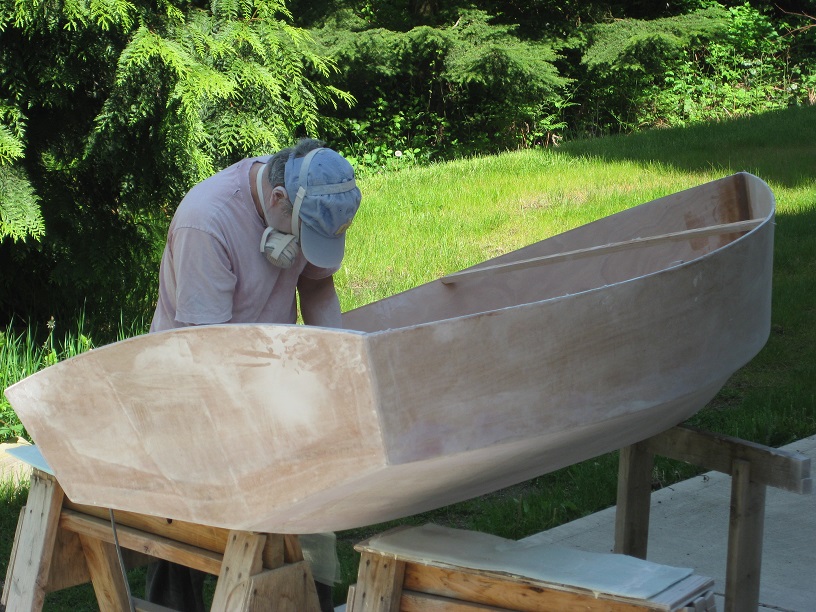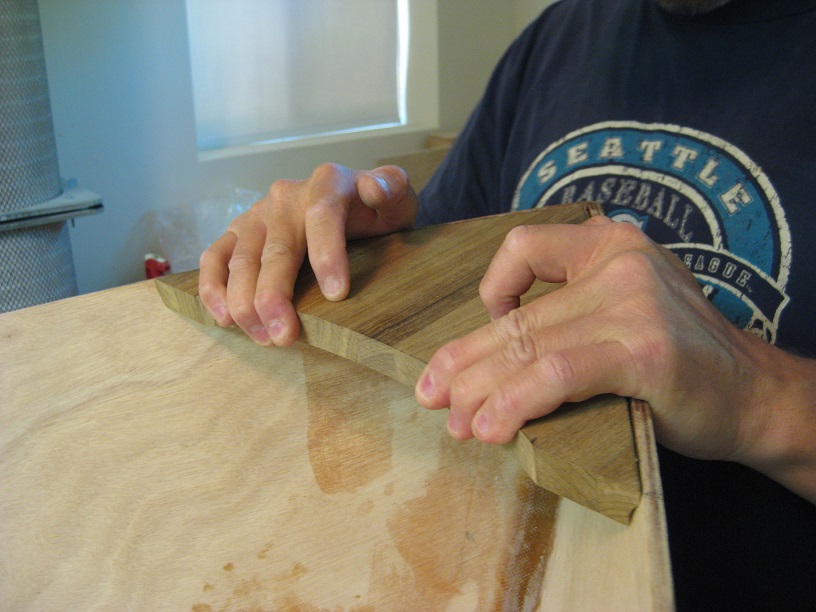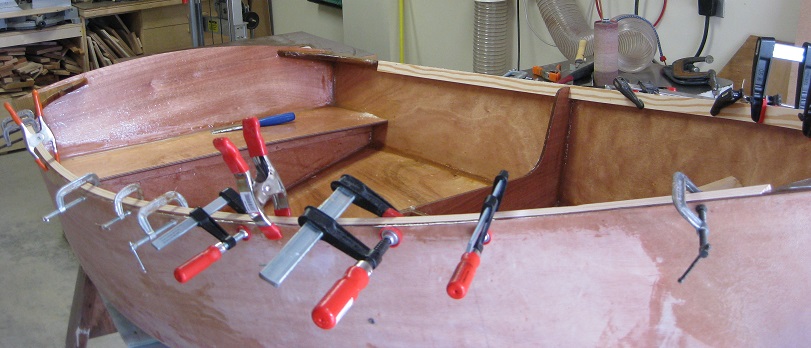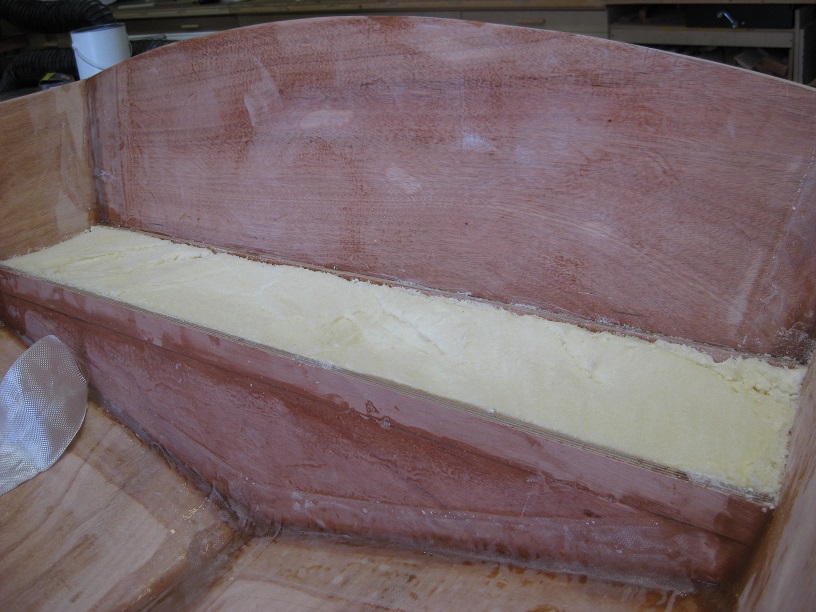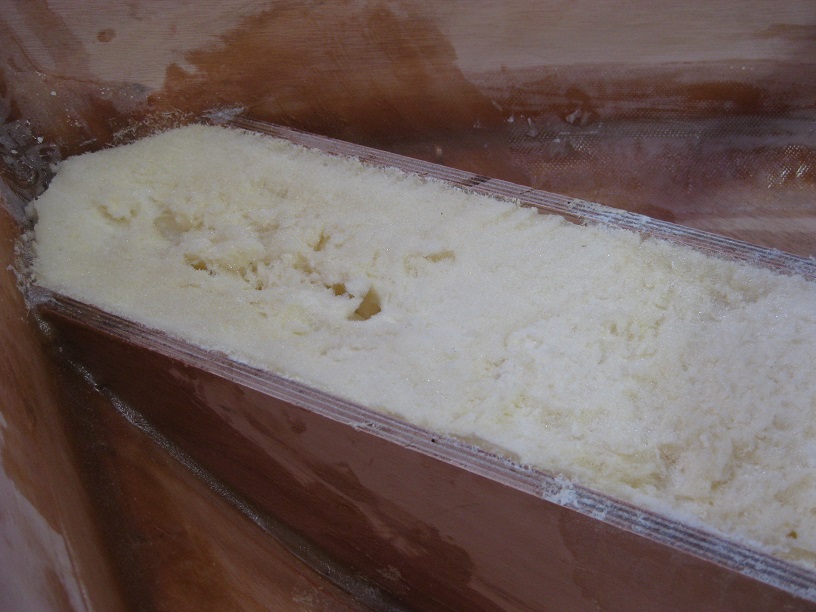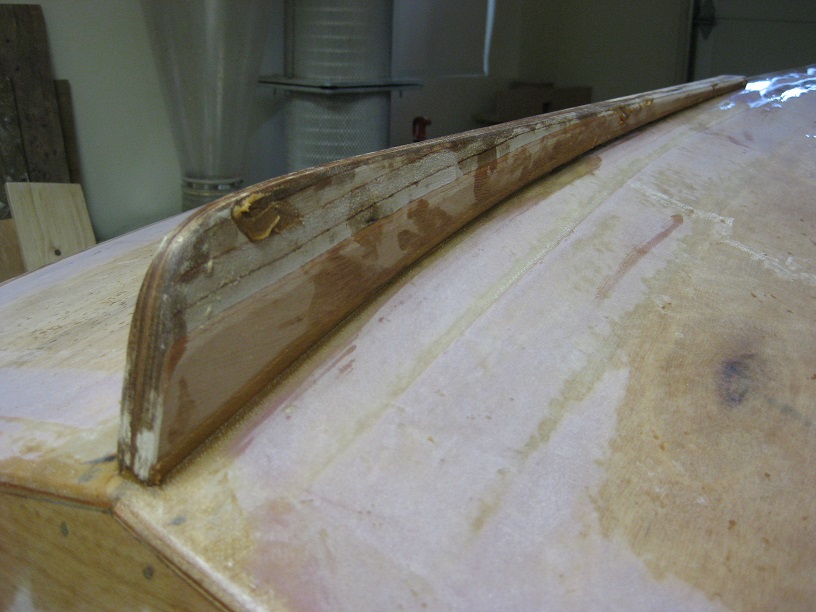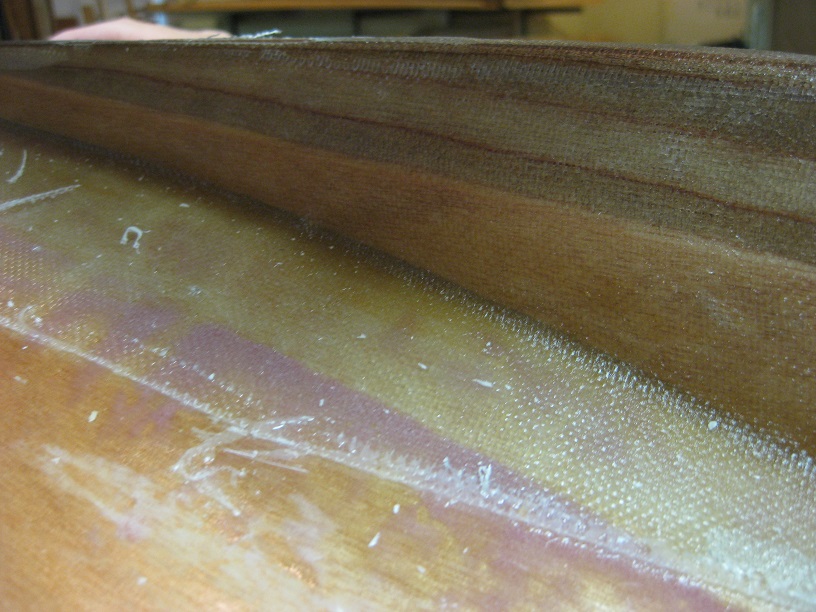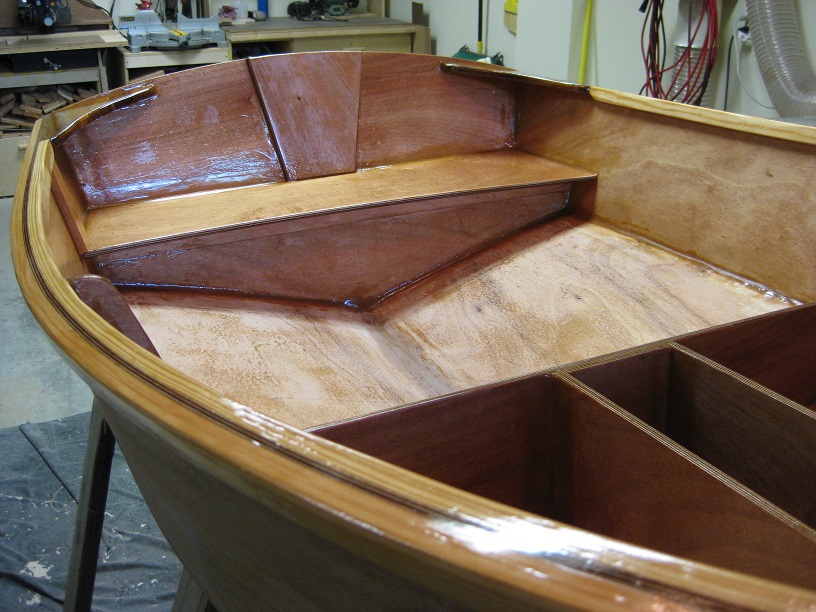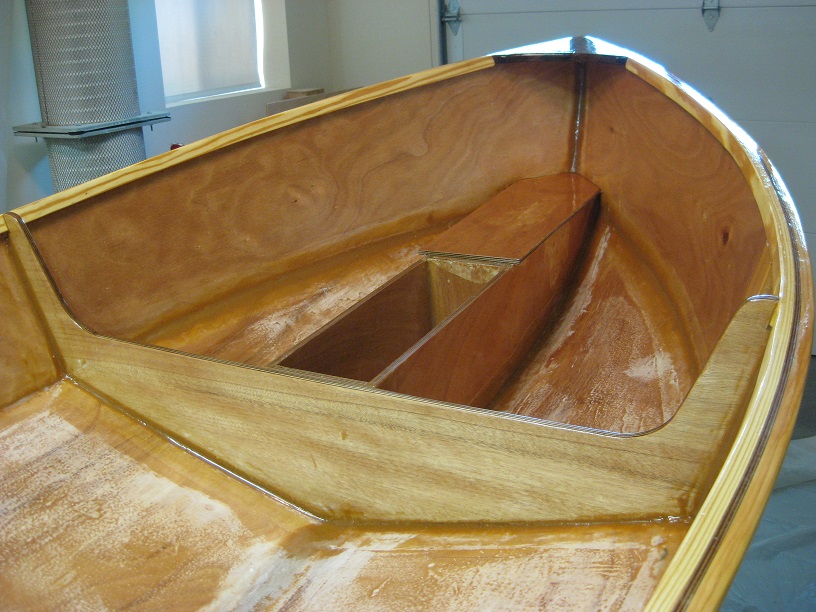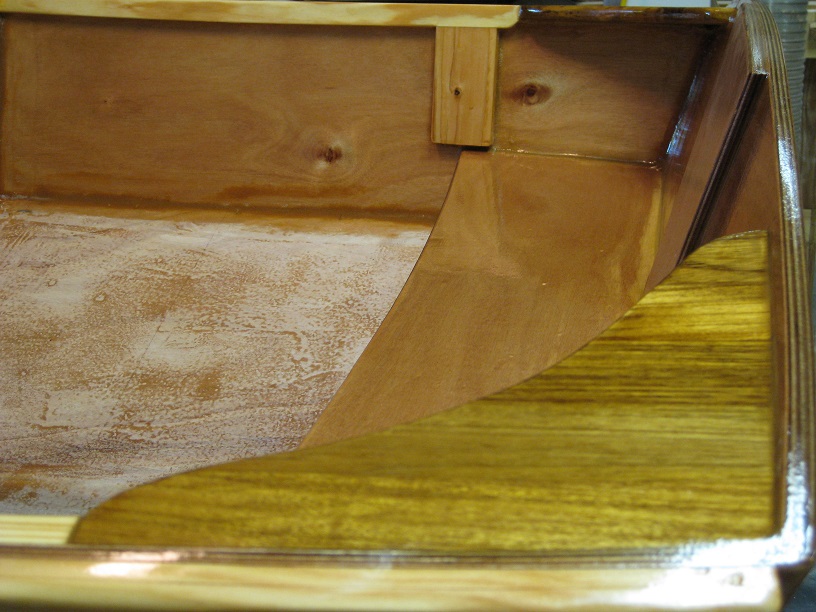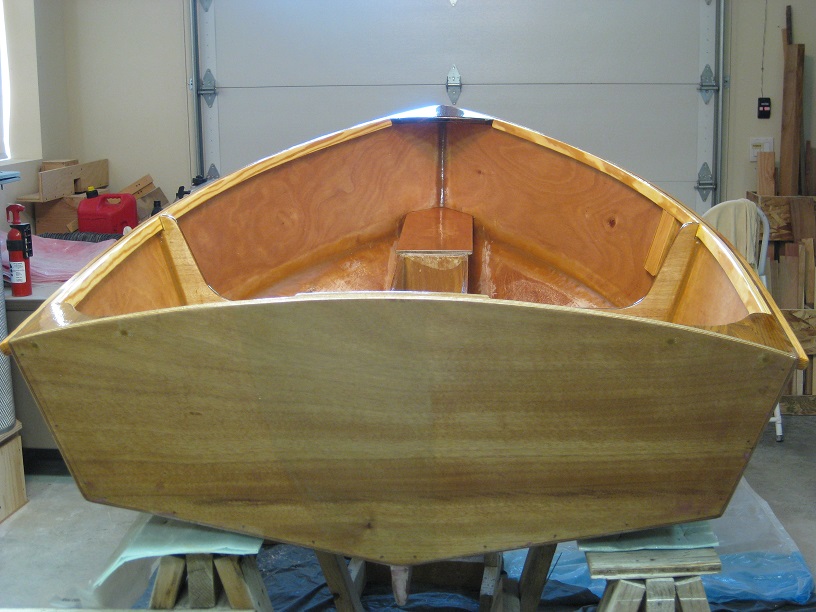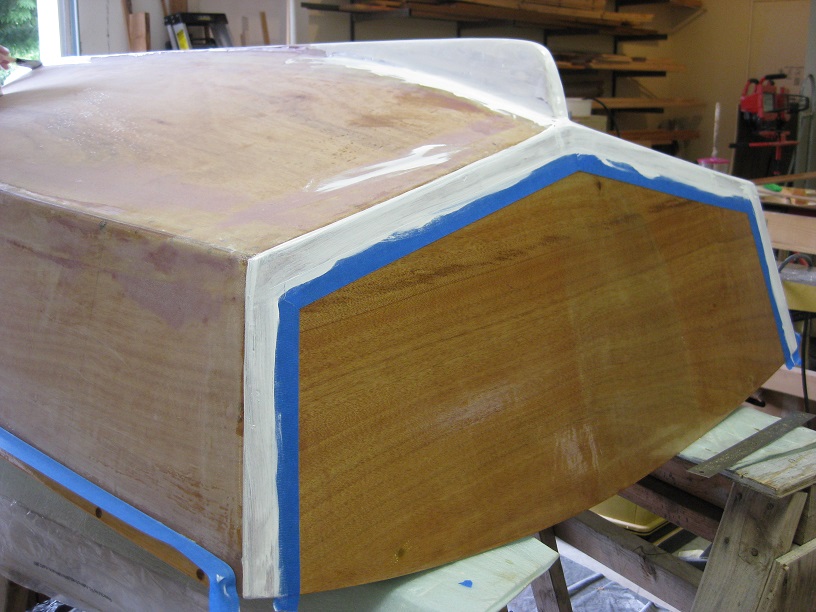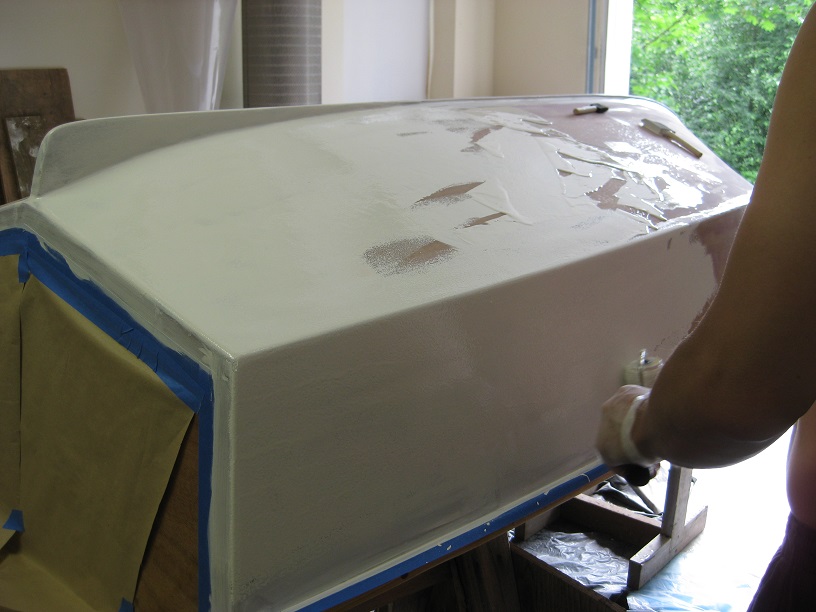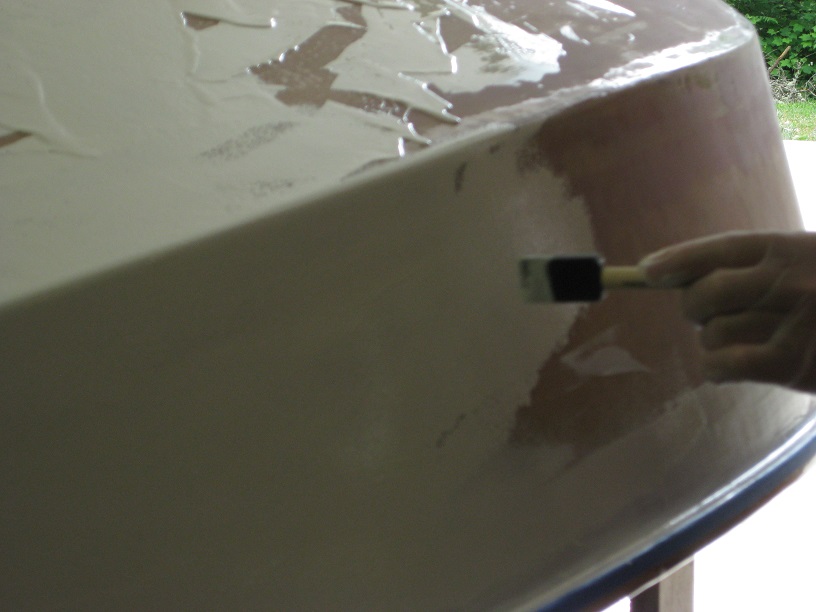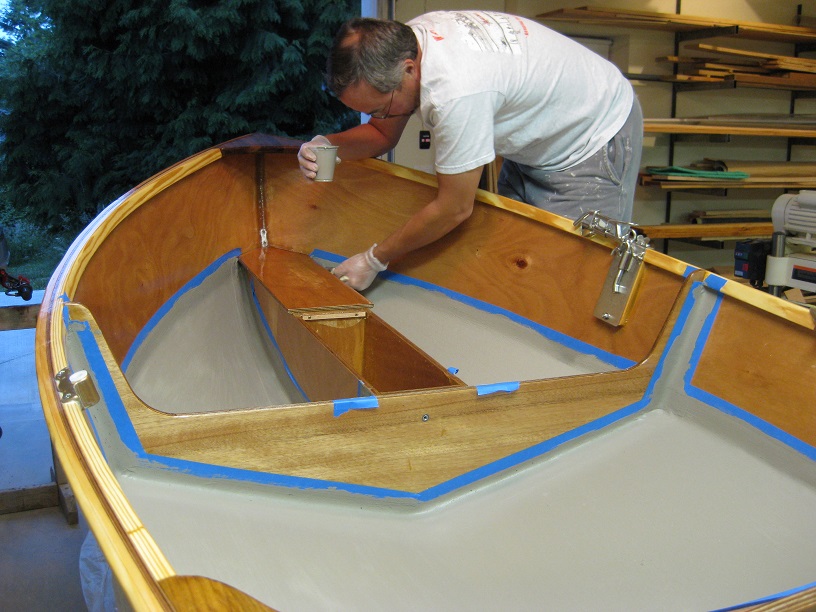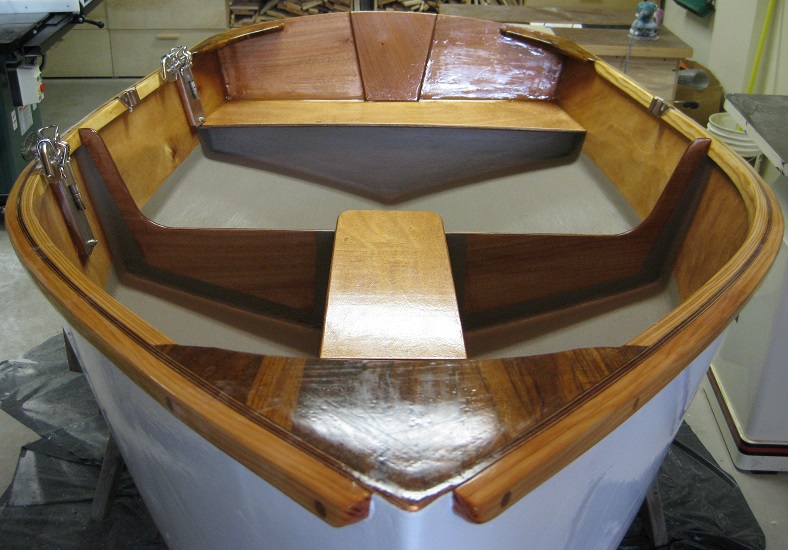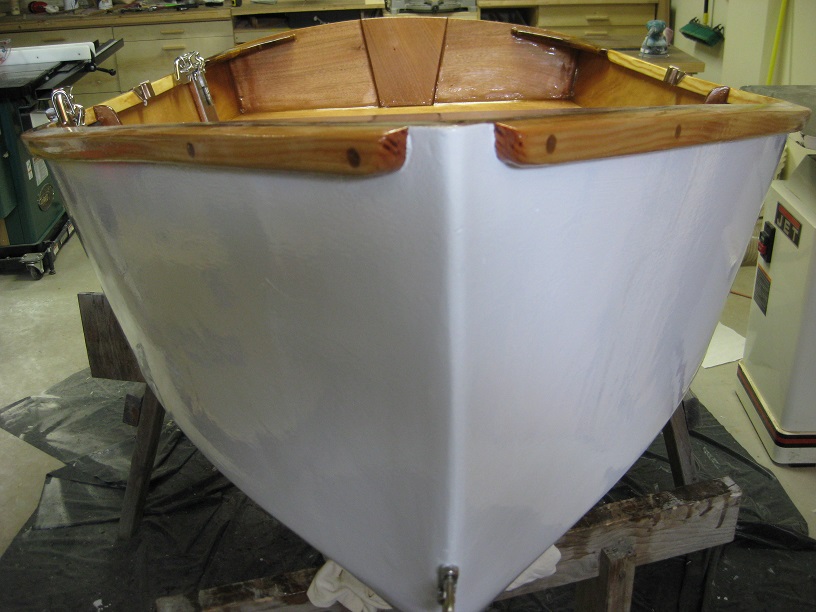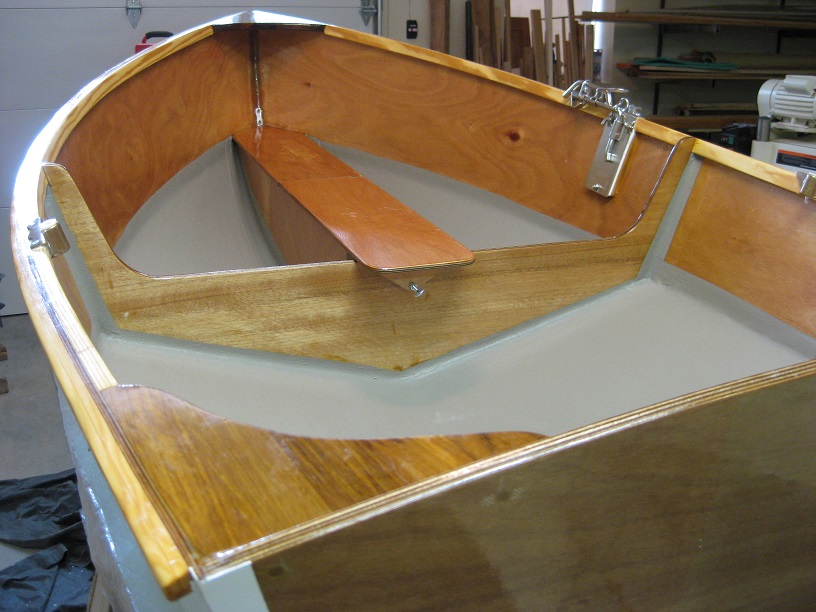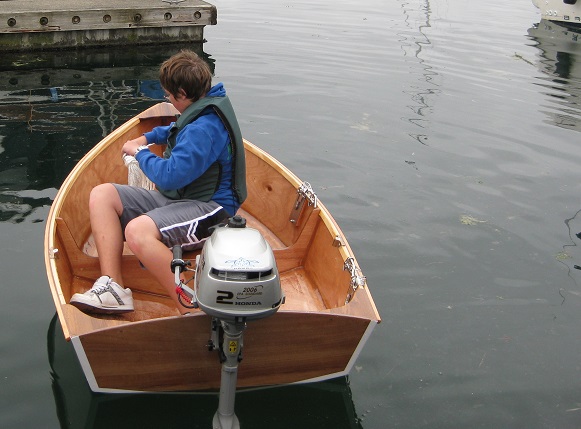Dingy
Here's a little dingy I built back in 2009. It was from a plan by Sam Devlin called the "Polliwog". With a length of 7'6" and a beam of 4' 1" she was small, but still sea worthy (of course in flat water) - We had a lot of fun building it and floating around in it was always a blast. The type of construction utilizes what is known as the "stitch and glue" method. This was my third stitch and glue project.
The design
|
I bought the plans from Sam Devlin. He now sells them in a digital format as well as printed. Back in 2009, he only had the paper versions. A small instruction and assembly manual came with the plans.
The plans were hand drawn in a very skillful manner. All of the information I needed to build the boat could be found in the plans and manual. |
The build
|
Stitch and glue boat construction is fairly straightforward. Panels get cut out to exact sizes. They are then "stitched" together with wire or zip ties. Marine epoxy with layers of fiberglass complete the joints.
In this picture, I layed out offsets for the hull sides. 2 sheets of plywood are stacked to ensure I get mirror image pieces when they are cut. After the offsets are marked, I used finish nails to hold a batten in place and drew a fair line. Because that line had such a gradual curve, I was able to cut it with a circular saw, and then cleaned it up with a block plane. For the hull to take its proper shape, it's very critical to accurately cut the panels. And because marine plywood and epoxy is about the most expensive plywood and epoxy you can spend your hard earned dollars on, it's a safe bet to buy some quality plans from a place like Sam Devlin's shop. |
|
The inside seams get a layer of fiberglass tape over the fillets. Multiple coats of epoxy get applied to fill the fabric weave. Then, lots and lots of sanding.
After the sanding, it seems to get easier. It's important to wash the epoxy before sanding to remove the amine blush. Otherwise, the sandpaper clogs very fast. |
|
A keel gets cut out, then secured with epoxy and fiberglass.
And after a bit more sanding, she's ready for finish. For a project like this, there is not much daily work. Each day, after about 1 or 2 hours, you end up putting it on the side because of waiting for epoxy, primer, paint, or varnish to cure. For most 2 part marine epoxies, hardeners are graded by temperature, so you try to use the hardener for the current season. It's a way of balancing epoxy work time, and cure time. |
The finished dingy
This dingy is now for sale. After 4 years, the davits have been removed, a refinish has been completed, and has been stored inside since. Contact me via the link below for more info.

